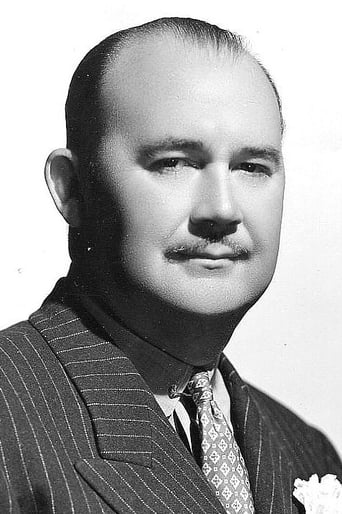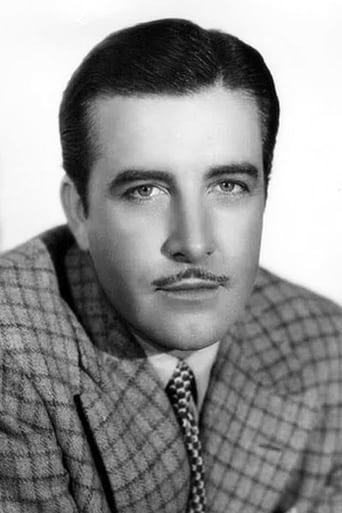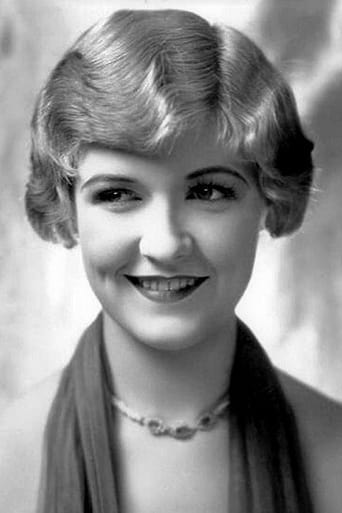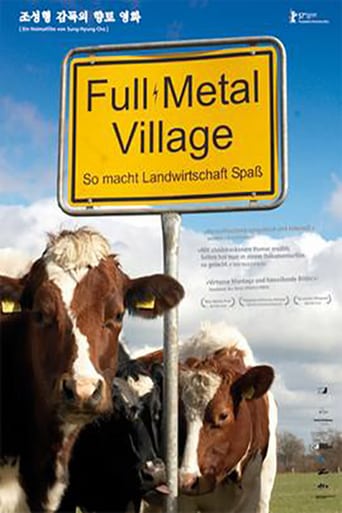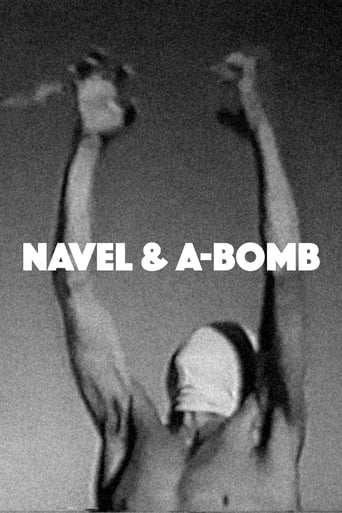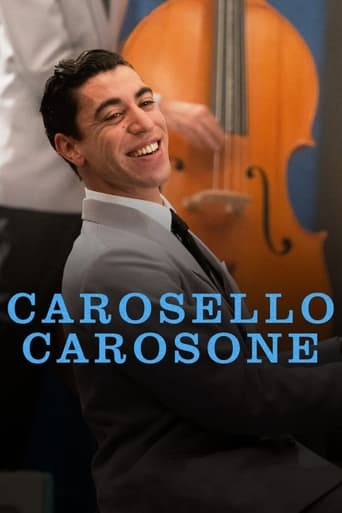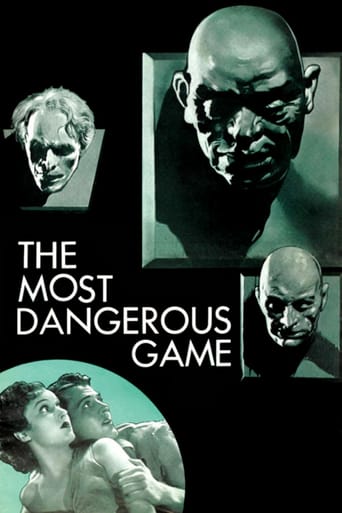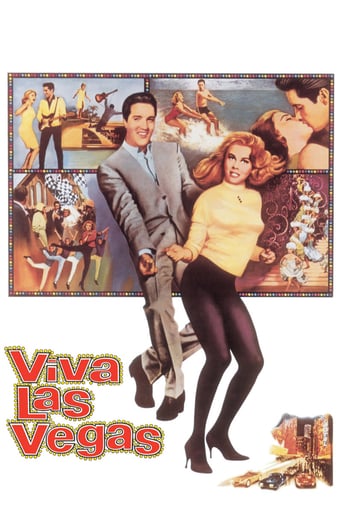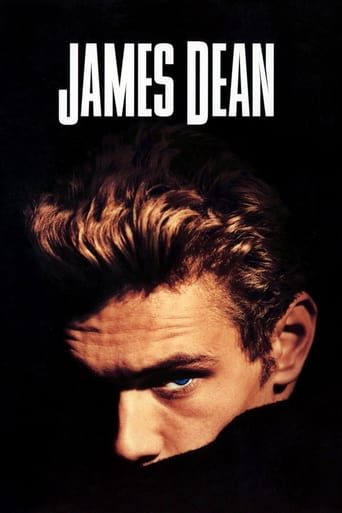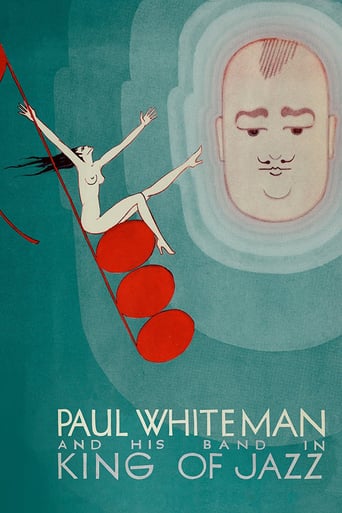
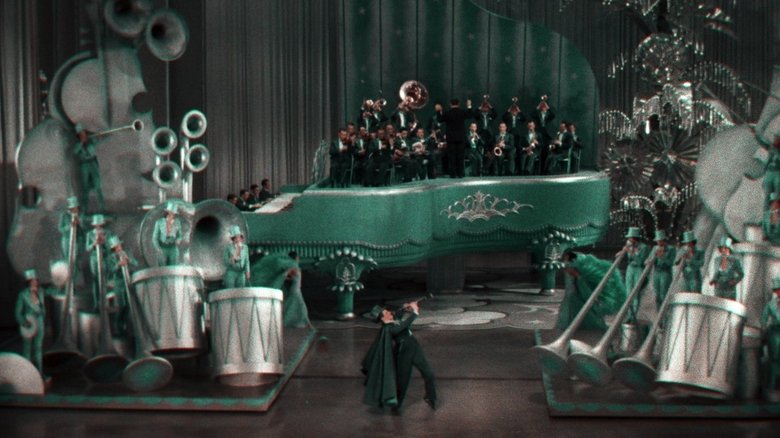
King of Jazz (1930)
Made during the early years of the movie musical, this exuberant revue was one of the most extravagant, eclectic, and technically ambitious Hollywood productions of its day. Starring the bandleader Paul Whiteman, then widely celebrated as the King of Jazz, the film drew from Broadway variety shows to present a spectacular array of sketches, performances by such acts as the Rhythm Boys (featuring a young Bing Crosby), and orchestral numbers—all lavishly staged by veteran theater director John Murray Anderson.
Watch Trailer
Cast


Similar titles
Reviews
Simply Perfect
There is, somehow, an interesting story here, as well as some good acting. There are also some good scenes
A terrific literary drama and character piece that shows how the process of creating art can be seen differently by those doing it and those looking at it from the outside.
Mostly, the movie is committed to the value of a good time.
It's both impossible and unrealistic to write about this movie - now eighty-seven years old - on anything other than its own terms. One can only try to imagine how lavish it must have appeared to those first audiences, and what is almost unwatchable today - John Boles, for example, is beyond embarrassing in his pathetic rendition of It Happened In Monterrey, which sounds as if he recorded it to a spinet accompaniment, whereas the Sinatra version, itself sixty-one years old, sounds as if it was recorded last week. They also 'lifted' a Peter Arno cartoon from The New Yorker - the one where a couple in a precinct house, the man carrying an automobile seat, ask about reporting a stolen car; for the record this was the freshest sketch on display. Elsewhere we get an early glimpse of Bing Crosby, still one third of the Rhythm Boys, and a reprise of Rhapsody In Blue. It has a certain merit as a time-capsule but that's about it.
1930's King of Jazz is the strangest and most surreal of the early sound cycle of movie studio revues. Very few films shot completely in two-strip Technicolor survive - this is one of them. Warner Bros. probably made the most all-Technicolor films in the early sound era, but since most of them were Vitaphone the films have long since been lost in most cases.The 1929 and 1930 early sound revues were made by the studios primarily to showcase their talent in an all-talking setting. MGM's "Hollywood Revue of 1929" started the cycle, and did a pretty good job. However, other studios lost sight of the goal and the revues that followed were often clumsily put together and didn't even showcase talent that belonged to the studio."The King of Jazz" is a surprise not only because it holds up so well with time, but because it is such a non-typical product for Universal Studios of that era. Universal of the 20's and 30's mainly made westerns for rural moviegoers with an occasional prestige picture and they were beginning to dabble in the horror genre for which the studio is most remembered. However, at this time they were also known for their thrift, which went out the window when they made this film. The film starts out with a cartoon showing how Paul Whiteman - who called himself The King of Jazz - discovered Jazz. What follows are a sequence of musical and comedy routines. This film doesn't make the mistake of trying to sew the numbers together with some maudlin backstage melodrama. It simply presents the numbers in sequence. Most of the talent here is not under long-term contract to Universal. Laura LaPlante is one of the rare exceptions to that rule. The musical numbers are a delight and it is great to see Bing Crosby at the very beginning of his career. The Brox Sisters light up this film just as they did MGM's revue with "Singin in the Rain". The whole thing is so lively and done with with such innovation and energy considering the static camera of the early talkie era that I can't believe Universal has never thought to put this on DVD. They made this one great musical and didn't really make another one until 1936's "Showboat".My favorite number is "Song of the Dawn" featuring handsome John Boles with his piercing eyes in close up during most of the number belting out a song with that wonderful tenor voice of his. The most memorable number though has got to be "Happy Feet" with dancing shoes and the Sisters G as singing heads in a shoebox. This number also has the aptly named Al "Rubber Legs" Norman showing us the moon dance 28 years before Michael Jackson was even born. Highly recommended for the fun of it all.
Back in the day, Paul Whiteman and his orchestra were big...almost Elvis big. Today, practically no one has heard of the guy though one of his band's soloists, Bing Crosby, went on to super-stardom. But you can tell Whiteman and his band was quite the powerhouse when you see this 1930 film and put it in perspective compared to other Hollywood films from the same year. First, very, very few films had any color in them in 1930 and when they did have Two-Color Technicolor, it was used for only a few minutes at a time--such as for big production numbers. Yet, amazingly, this film is in Two- Color Technicolor for the entire movie--a very, very expensive proposition! Second, the sets and costumes are incredibly lavish and look amazing. The bridal-style dresses in one of the numbers is just eye-popping! Third, the cinematography and sound are state of the art. Watching the tiny people climbing out of the handbag is STILL a technically amazing scene...and for 1930 it's really astonishing. As far as the story goes, there is none. The film consists of one production number after another as well as a few comedy sketches and animations. This isn't a complaint...but it also makes it one of the most unusual films of all time. It's not really a musical in a traditional sense--more a record of a bygone era and acts. Some of the skits or musical numbers are pretty dated and haven't aged too well, some are still impressive. In many ways, this film is more something for film historians than the average viewer. Fortunately, the National Film Preservation Board recognized this as well and a pristine (or at least as close to pristine as possible) copy is being held by them for posterity. Well worth seeing and really NOT a film I could easily score. It's a wonderful artifact but might be tough viewing for some viewers.
"The King Of Jazz" 1930, is a wonderful example of just what the movies could do in the late 20's early 30's if they put their mind to it. The technical achievement is extremely high, for a film of this period, and one wonders at how cinema audiences of 1930 must have been amazed by this picture. It is photographed in a system called "Two Strip Technicolor". (Full 3-strip Technicolor would not be invented until 1932). The 2-strip Technicolor system managed to capture Red and Green, but not blue. To get around this they would use dyes that were a kind of orange/red and aqua-marine/green to trick audiences into thinking there was blue on screen.In this movie the "Rhapsody in Blue" number is very convincing.There is no plot to "The King Of Jazz", it is just one mammoth musical number after another, and that adds to its unique charm. My three favourite numbers are "Ragamuffin Romeo", "It Happened In Monterey", and "My Bridal Veil".The "Bridal Veil" number utilizes one of the biggest indoor sets I have ever seen. A lot of money was spent on this picture, and it shows. The Bridal Veil itself looks to be about 100 feet long and the bride needs about 40 bridesmaids to help hold it up.The print that is currently in circulation of "The King Of Jazz" is sadly not in 100% excellent condition. It seems to be made up of pristine sections of print, and battered and scratched dupes. Its a real patchwork version that is probably in need of some restoration work. The title sequence, (with vocals over the titles by Bing Crosby singing "Music Hath Charms") is very clear and in good shape, but then halfway through cuts to an extremely battered dupe copy? The same occurrence happens during the "It Happened In Monterey" number, and also "Bench In The Park", we are given a beautiful print with rich colours and rock steady picture stability, only to cut variously to scratched beaten dupes. I cannot understand why certain sections of the film were preserved but others were not. I am eagerly awaiting the DVD release of this unique and wonderful film and hope it wont be too long before it gets its well deserved release. There don't seem to be any plans as yet and the only way to see this movie is on television or VHS. This is a true lost opportunity to DVD producers because the film has many wonderful Bing Crosby numbers in it and would be very popular with Bing's fans.


